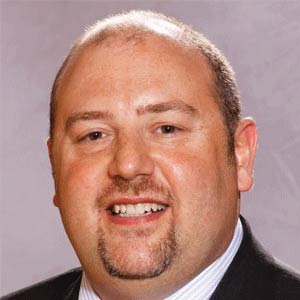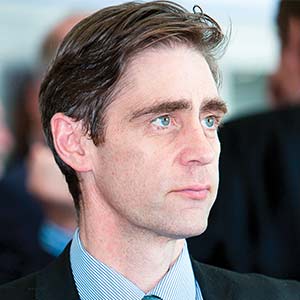THANK YOU FOR SUBSCRIBING
Editor's Pick (1 - 4 of 8)

Enterprise Asset Management Initiatives: What I Need to Know?
Jeff Siegel, Vice President, HNTB Corporation


Jeff Siegel, Vice President, HNTB Corporation
What about the Systems?
As executive leadership look to strategic asset management for solutions, one core tenant of asset management best practices that IT leadership should help to foster is the ability of the enterprise to operate from a “single source of truth.”In order for EAM to be most effective, it is supported by a system (or best-of-breed integrated systems) that supports all divisions/departments through all elements of the entire asset/ infrastructure lifecycle.
While some agencies may look toasset management fora simple system of listing assets and a method for tracking their maintenance activity, there are so many more opportunities to improve business processes and bring greater return to the agency’s assets and the enterprise. Even when implementing one of the full-fledged EAM vendor software solutions on the market, greater return on investment comes from the integration of systems (Figure 1) and ensuring discipline-specific applications are meeting certain business process and functional needs.
The EAM conceptual systems architecture consists of the following, non-exclusive enterprise system components to meet these high-level functional needs:
What is the Best Step Forward?
As with any enterprise effort, the most effective implementation method is programmatic. Often a program manager helps to focus implementation efforts and help to maintain the long-term vision of success. What does a program manager look like? The following qualities are ideal:
A ProgramManager should possess strong project management skills and strategic planning expertise with an in-depth understanding of a variety of leading enterprise asset management software vendors. The program manager or program management team should also develop acute knowledge of each software systems’ strengths, weaknesses and integration potential. This knowledge can be attained from the experience of multiple, successful implementations and managing key assets—examples for transportation agencies include roadways, bridges, pavement, track systems, signal systems, buildings, runways, etc. It is also pertinent to know how to take advantage of the latest information technology trends—such as cloud-based computing, mobile devices, LiDAR, BIM and, to some degree, virtualization of hardware and software—for greater success and lower costs. Further the project manager should build familiarity with international asset management standards such as ISO 55000 for guiding principles and best practices.
A program manager with those qualifications—along with a fresh perspective—can provide the additional momentum and/or know-how the agency may need to move the program forward. The main aspect is a PMO that combines asset management and information technology domain expertise. EAM implementation represents significant culture change that brings great results. A successful asset management program is a long-term engagement that results in continuous organizational improvement.
Weekly Brief
I agree We use cookies on this website to enhance your user experience. By clicking any link on this page you are giving your consent for us to set cookies. More info
Read Also













